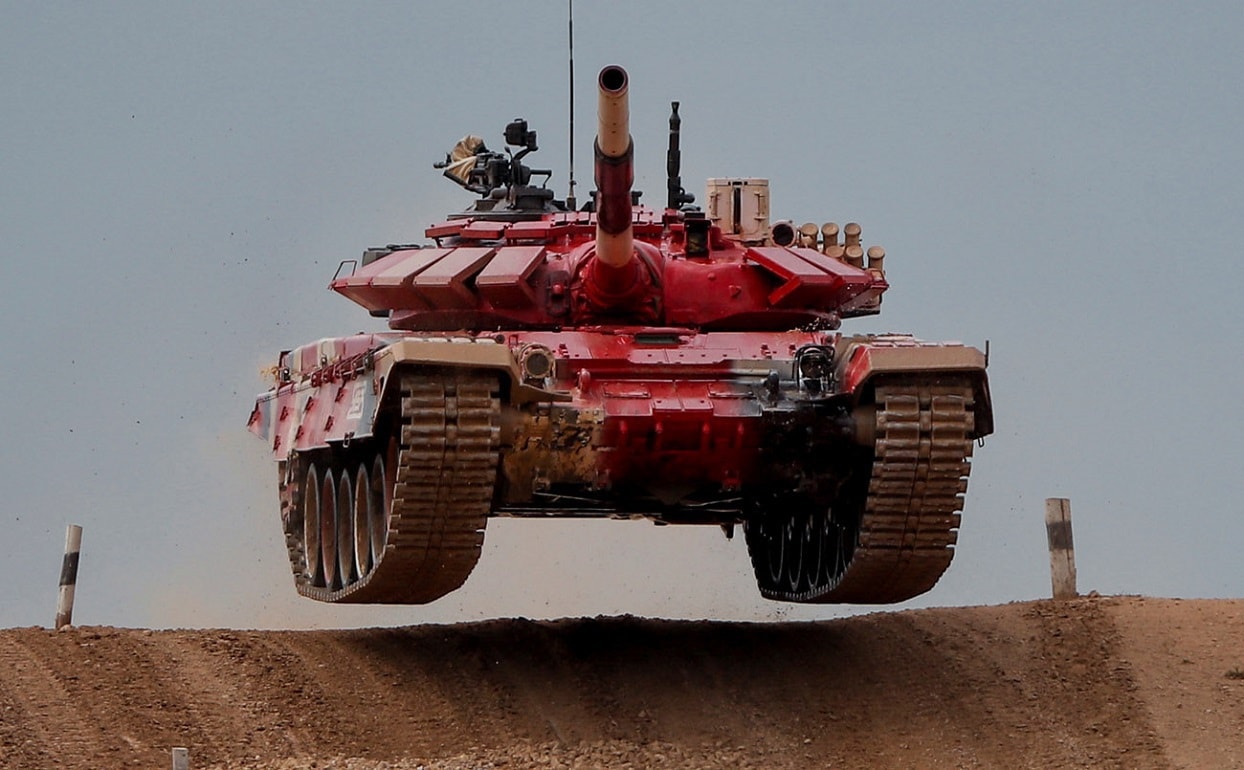Canada may send additional troops and jet fighters to Ukraine in a bid to deter a possible Russian invasion.
“Two sources with knowledge of the deliberations said Defense Minister Anita Anand is considering deploying hundreds of additional troops to support the Canadian soldiers already in Ukraine on a training mission,” according to Canadian newspaper The Globe and Mail. “Other options being looked at include moving a warship into the Black Sea, or redeploying some of the CF-18 fighter jets based in Romania.”
“Canada has some 200 troops based in the far west of the country – more than 1,000 kilometers [621 miles] from the Russian border – on a mission to train their Ukrainian counterparts,” the newspaper said. “The two sources, whom The Globe is not naming because they were not authorized to publicly discuss the deliberations, said no decision had yet been made about deploying additional forces, despite pleas from the Ukrainian delegation at the recent Halifax Security Forum for Canada and NATO to do more.”
The question is whether Canadian forces would be more than the tiniest of speed bumps against an
estimated 100,000 Russian troops massed on the Ukrainian border, that are well-equipped with advanced tanks, ballistic missiles and aircraft. For now, the Canadian government says it has made no changes in defense posture. But with a small Canadian military that comprises just 24,000 regulars, there are aren’t a lot of troops to commit, nor would that force have the tanks and other heavy weapons needed against a heavily armed nation like Russia.
Compounding the problem is that Anand has just assumed office as Canada’s defense minister. “How to respond to Russia’s renewed pressure on Ukraine looms as Ms. Anand’s first major international test since she was appointed Defense Minister last month, replacing Harjit Sajjan,” noted The Globe and Mail. “She and Prime Minister Justin Trudeau must calibrate whether a further Canadian show of support for Ukraine would help dissuade Mr. Putin – or push him to take action.”
Russia is already angry over Ukraine’s defense ties with NATO, including deliveries of U.S.-made Javelin anti-tank missiles to a nation that once was part of the Soviet Union, and which Russia sees its backyard as much as the U.S. regards Canada and Mexico within its sphere. More Canadian troops would not have any deterrent value unless the Kremlin perceives Canada as willing to fight a nuclear-armed Russia to save a nation 4,000 miles away.
In the end, Canada illustrates the precariousness of NATO military support for Ukraine. Much as Canadian – and U.S. – forces in Germany were at many points during the Cold War, small NATO contingents in Ukraine are no more than a tripwire. A signal to Moscow that invasion would result in combat between Russian and NATO forces, with all the potential for escalation and even nuclear war.
Just how credible is that tripwire remains to be seen.
Michael Peck is a contributing writer for Forbes. His work has appeared in Foreign Policy Magazine, Defense News, The National Interest and other publications. He can be found on Twitter and Linkedin.

